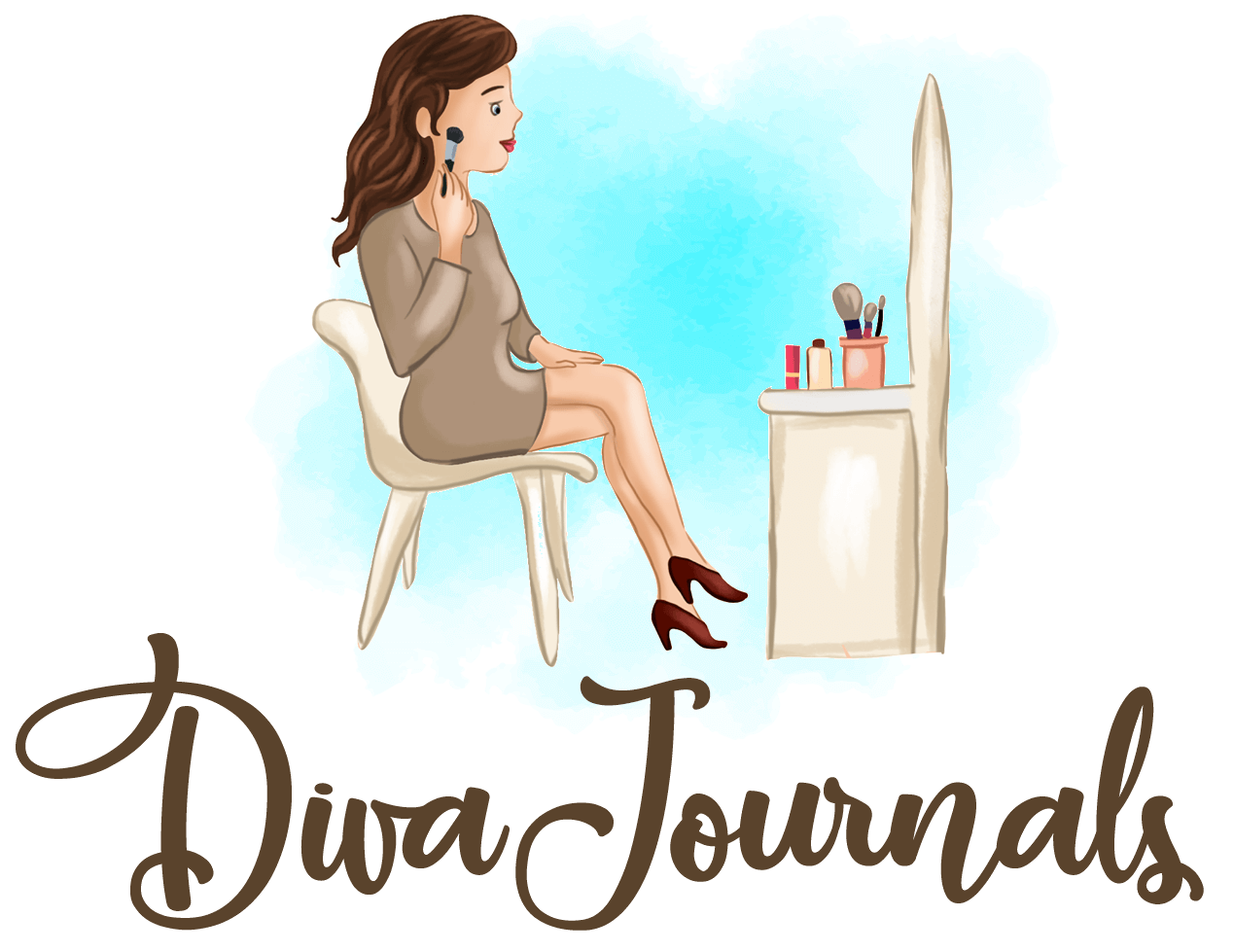For a while I have been saying use Non-Comedogenic products.So what does “Non-Comedogenic” mean? Is it really such a big deal?
For a very long time, I was ignorant about the Comedogenic/Non-Comedogenic concept.I did not know comedogenic products could create havoc on Acne-prone skin.Later I was observing that whenever I used certain products,it would leads to pimples and worsen the condition. Then I realized these are comedogenic products and not all products are safe for our skin type.
- Comedogenic products block your skin pores and thereby leading to the formation of pimples.
In Simple Terms,Comedogenic products does not suit your skin type and Non-Comedogenic suits your skin type.
For Normal Skin Folks(The really luck ones!),this criteria of choosing comedogenic and non -comedogenic does not matter. They have the liberty to use any kind of products but not the case with people like me whose skin is prone to Acne.Most of the time Mild Acne folks can get away with this too.But I would strongly advise to use Non-Comedogenic products.
Despite your best efforts to treat your Acne,if you are still seeing breakouts everyday means you need to have a closer look at every single product that goes on your face from cleansers/face washes, face creams, sunscreen, make-up products et all. The thing is if you continue to use even one comedogenic product,it is enough clog pores and cause acne.It will just sabotage your Anti-Acne efforts. Hence it is very important to opt for Non-Comedogenic products.
So How do I really know if the product is Comedogenic or Non-Comedogenic?
The Answers are :
- Always look for Complete Ingredients List on the product label.
- Incomplete or listing only Key Ingredients means possibly comedogenic,not worth the risk.
- In my experience Gel bases are relatively safer and non-comedogenic.
- Creams bases are most of the times Comedogenic because of the composition of cream formula consistency ,artificial preservatives,colours,fragrance used.
- Products containing Oils,Waxes are highly comedogenic.
- If you see new pimples after using a product then clearly it is clogging your pores and not suiting you so just discontinue.Even just one comedogenic ingredient is enough to cause the damage.
- Popular brands claim their product “Non-Comedogenic”,”Oil-free” and “Dermatologically Tested”,that does not mean it is 100% Non-Comedogenic.This is something really annoying.But the irony is most of them are still very much “Comedogenic” despite their Claims.Unfortunately there is no regulatory law against these companies making false claims.So its is up to us to choose safe products!
There are 3 degrees of Comedogenic Ingredients : Mild, Moderate and High.
Mildly Comedogenic means it won’t clog pores unless the skin is highly acne prone.
Moderate or Highly Comedogenic means will clog pores and cause acne irrespective of degree of acne so these are ingredients you must avoid.
This is a list of most common comedogenic Ingredients found in products:
1)Isopropyl Myristate
2)Myristyl Myristate
3)Coconut Oil
4)Sodium Laureth Sulphate(SLS)
5)Laureth-4
6)Oleth-5
7)Lauric Acid
8)Stearic Acid
9)Myristic Acid.
10)Beeswax.
11)Isopropyl Palmitate
12)Cocoa Butter
13)Cetareth 20
14)Wheatgerm Oil
15)Acetylated Lanolin/Alcohol
16)Myristyl Lactate
17)Ethylhexyl Palmitate
18)Glyceryl Sterate
19)Olive Oil
20)Sunflower Oil
21)Corn Starch
Every little steps like these make a difference in treating acne,so design a proper skin care regime based on your skin’s requirements keeping this is my mind.
Image Credits:nick j webb@flickr
Related posts:
Is Shaving better or Waxing?
Vichy Normaderm Deep Cleansing Purifying Gel Review
Best Face Masks For Oily/Acne Prone Skin
Acne Basics & Causes of Acne
Himalaya Herbals Anti-Hairfall Shampoo Review
PR:Nivea Oil In Lotion Cocoa Nourish
Everyuth Radiant Fairness Saffron Face wash Review
Proactiv Refining Mask Review
